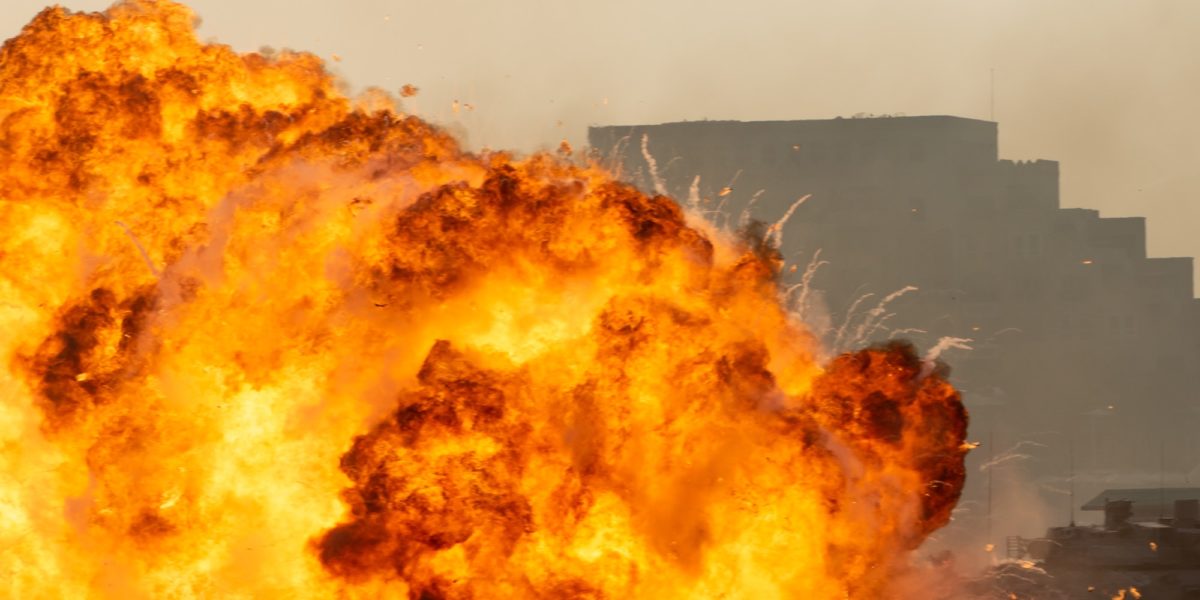“We must guard against the acquisition of unwarranted influence, whether sought or unsought, by the military-industrial complex.”
– Pres. Dwight Eisenhower, 1961
As special interests in Washington, D.C. pared President Joe Biden’s Build Back Better package from $3.5 trillion to $1.75 trillion over ten years, the $768 billion annual Pentagon budget sailed through the House of Representatives. That’s equivalent to about $8 trillion over ten years, significantly larger than Build Back Better, passed with bipartisan harmony. The National Defense Authorization Act (NDAA) is now in the Senate, where additional spending amendments are being pushed for this “must pass” legislation. If budgets indicate a society’s values, then it’s clear what’s important to the United States: weapons and war.
The NDAA as passed in the House was actually $24 billion more than the Biden administration asked for, and, according to Politico, is “a key step in shedding aging weapons and helping the Pentagon pivot toward emerging technologies.” That news will bring joy to the military industrial complex.
News accounts abound of high-tech weaponry being tested and deployed by Russia, China and other perceived adversaries. Russia just launched a satellite-killing missile, scoring a direct hit on one of its defunct satellites. China reportedly launched a “hypersonic” missile capable of delivering a surprise nuclear first-strike against the United States.
“The U.S. spends 10 times what Russia spends, about three times what China spends,” Bill Hartung said on the Democracy Now! news hour. Hartung is the author of a new report, Arming Repression: U.S. Military Support for Saudi Arabia, from Trump to Biden, and of the book Prophets of War: Lockheed Martin and the Making of the Military-Industrial Complex. He added:
“It has 13 times as many active nuclear warheads in its stockpile as China does. We’ve got 11 aircraft carriers of a type that China doesn’t have. We’ve got 800 U.S. military bases around the globe while China has three. So this whole idea that China and Russia are military threats to the United States has primarily been manufactured to jump up the military budget. So far, unfortunately, at least in the halls of Congress and the Biden administration, that’s been successful.”
The military budget includes the largest amount ever requested for research into novel weapons systems, cyberwarfare, artificial intelligence and the development of killer robots.
“Killer robots are a thing of the future but not the distant future,” Steve Goose, director of Human Rights Watch’s arms division and co-founder of the Campaign to Stop Killer Robots, said on the Democracy Now! news hour.
“It is not the human who decides what to target and when to pull the trigger but instead the weapon system itself does this through artificial intelligence and sensors and algorithms. This is not just a new weapon, it is a new form of warfare and not one that’s going to be nice to humankind.”
The United Nations is hosting a Convention on Conventional Weapons conference in Geneva next week, where rules governing these killer robots will be discussed. The United States is “rejecting…prohibitions or restrictions on the development and acquisition of fully autonomous weapons,” Steve Goose said.
At a conference this week, Pentagon Joint Chiefs of Staff chairman General Mark Milley said, “The nation state that masters artificial intelligence and integrates it into military operations, combines it with robotics…is going to have an extraordinary advantage.” He added, “Our ability to hit with long range precision fires is unprecedented. We can strike anywhere on the globe, at very, very refined levels of accuracy.”
Sadly, perennial claims about precision “smart bombs” by the Pentagon and its boosters have been proven false again and again around the world, by the corpses of civilians – dehumanized as “collateral damage” – killed by U.S. weaponry.
The New York Times recently reported on a March, 2019 airstrike in Baghuz, Syria, originally said to be targeting ISIS combatants. One 500-pound bomb was dropped on a gathering of women and children. Minutes later, survivors were targeted with two 2,000-pound bombs. The attack, ordered by a secretive U.S. Special Operations unit known as Task Force 9, killed an estimated 80 people. Defense Secretary Lloyd Austin has ordered a full review of the incident.
Airwars, a non-profit organization that tracks military actions and civilian harm in conflict zones like Syria, Iraq and Yemen, has recorded almost 60,000 civilian deaths over the past 15 years, reflecting only officially reported airstrikes.
“$770 Billion to the Pentagon just easily passed the house 363-70,” newly elected progressive New York Congressman Jamaal Bowman tweeted after the House passed the NDAA. “It is astounding how quickly Congress moves weapons but we can’t ensure housing, care, and justice for our veterans, nor invest in robust jobs programs for districts like mine.”
Build back better or build more bombs? The choice is clear.
This column was originally published on Democracy Now!



